What are water pressure gauges made of? |
||||
| Shop for Water Pressure Gauges | ||||
|
Water pressure gauges are made from a range of different materials due to the unique properties each section needs. Read our full guide on what are water pressure gauges made from. |
||||
Case |
||||
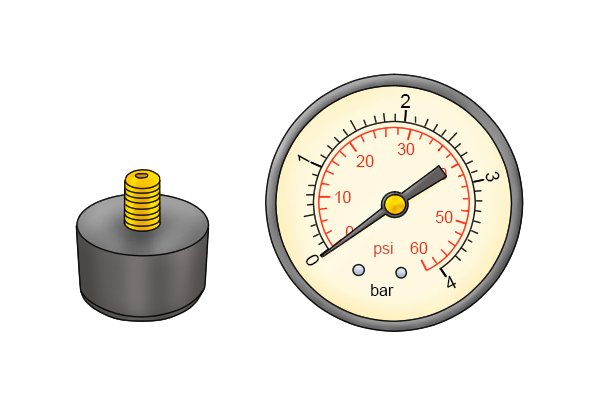 |
The outer casement of a water pressure gauge is typically made from stainless steel. Stainless steel is used due to its strength, durability and corrosion resisting properties. | |||
What are the advantages of stainless steel? |
||||
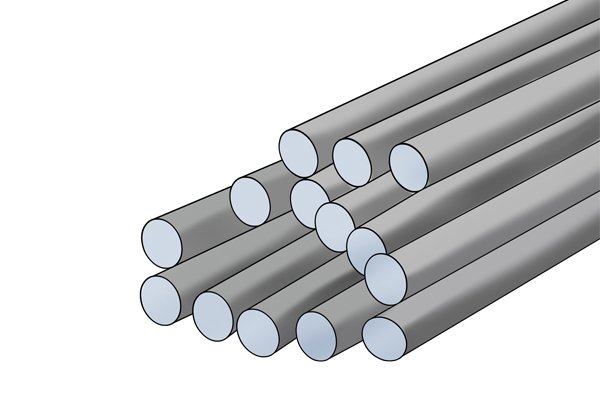 |
Stainless steel is a steel alloy with a minimum of 10.5% chromium content. It is strong, durable and does not easily corrode, stain or rust making it ideal for tools that will often come into contact with water. | |||
Lens |
||||
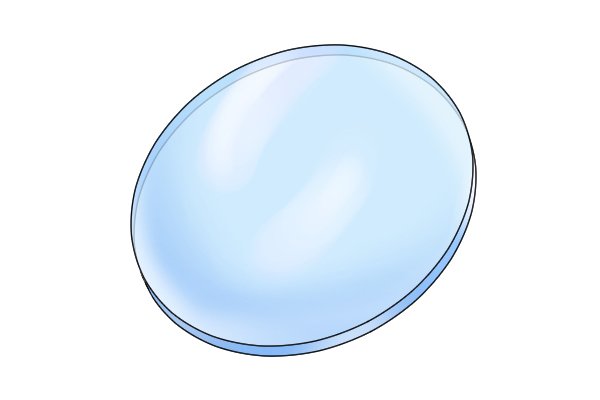 |
The lens (or window) on a water pressure gauge is usually made from hard, transparent plastic (polycarbonate) or glass. | |||
What are polycarbonates? |
||||
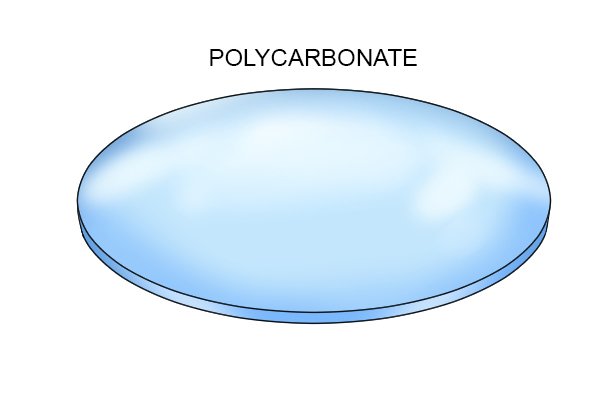 |
Polycarbonates are a type of plastic polymer that can be easily worked, moulded and thermoformed. Products made from polycarbonates can be impact resistant, temperature resistive and durable. However, plastics are far less scratch resistant than glass. | |||
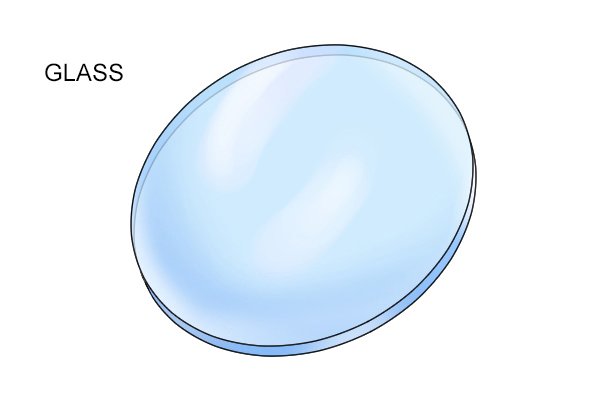 |
The more expensive models of water pressure gauge with higher precision ratings tend to have glass lenses but, again, this is not an indication of quality. Glass can be poured, formed and moulded into any shape, it can be very durable and erodes very slowly.
Glass has the advantages of being highly scratch resistant, resilient to corrosive chemicals and is non-porous. However, glass may shatter into sharp pieces if damaged. |
|||
Dial |
||||
| The dial face is most commonly made from plastic though on more expensive models it may be made from aluminium. | ||||
Needle |
||||
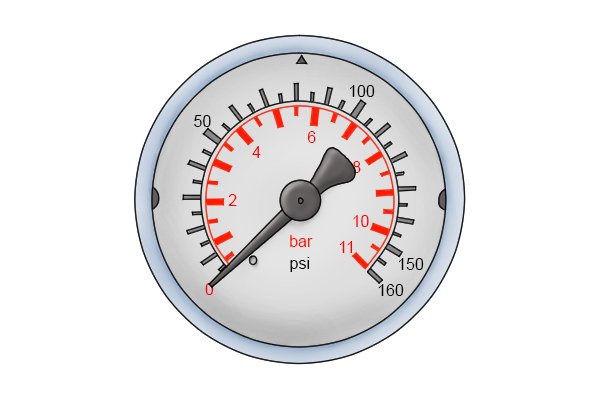 |
The needle (or pointer) is also most commonly made from plastic though on more expensive models it may be made from aluminium. | |||
What are the advantages of aluminium? |
||||
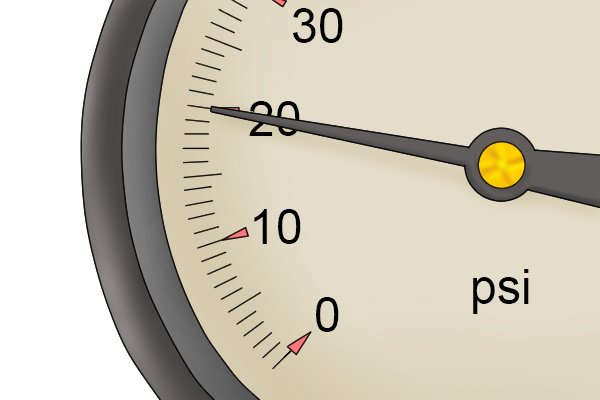 |
Aluminium is a soft, lightweight, ductile metal that is resistant to corrosion due to the natural phenomenon of passivation, whereby the metal will form a very thin outer-layer of corrosion that protects it from environmental factors such as air and water. | |||
Connection |
||||
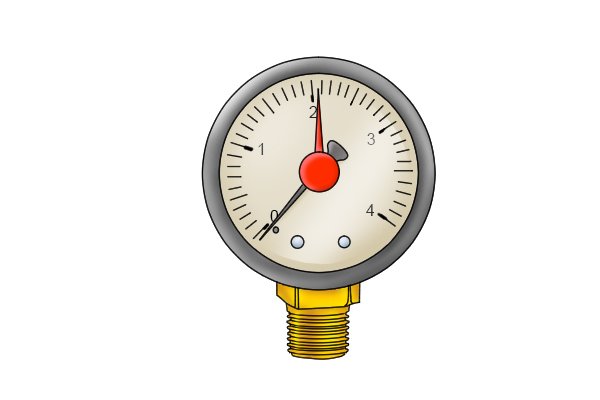 |
The connections of water pressure gauges are nearly always made from a copper alloy like brass. Brass and other copper alloys are often used for plumbing connections and fittings because of their corrosion resistive properties. | |||
What are the advantages of brass? |
||||
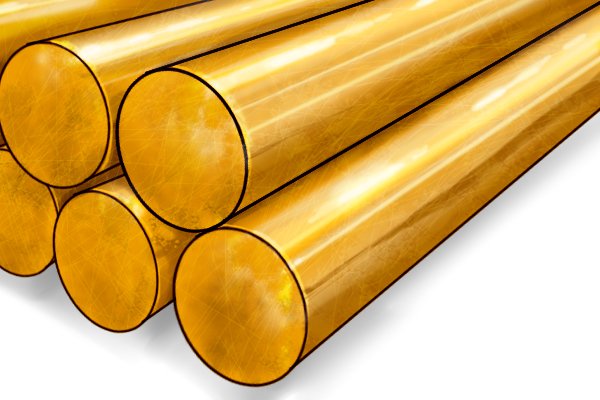 |
The advantages of using brass especially when working in plumbing where contact with water is likely, is that, when alloyed with aluminium, brass will produce a hard, thin, transparent coating of aluminium oxide that provides corrosion resistance and is self-healing, reducing wear and tear. | |||
Hose |
||||
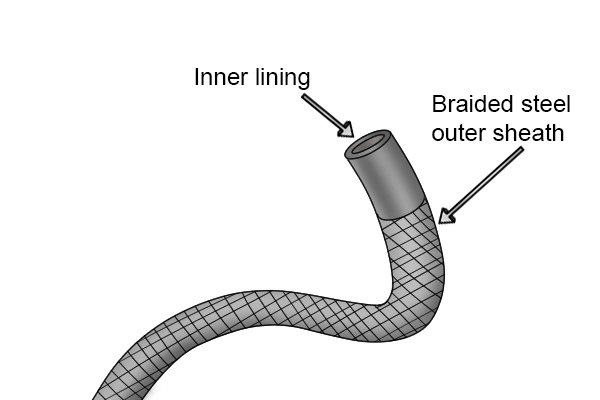 |
Some water pressure gauges have a braided hose which consists of a rubber or plastic inner tube encased in a braided steel outer layer. | |||
What is braided steel? |
||||
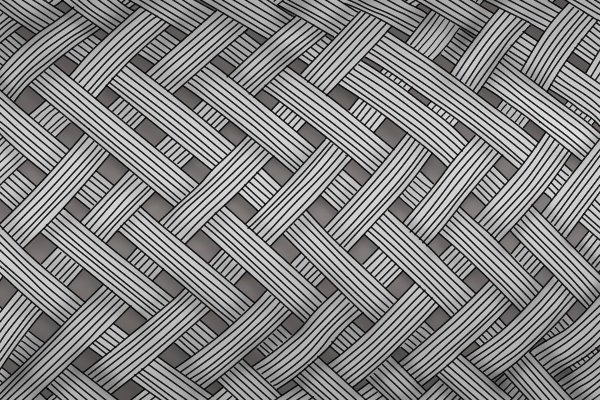 |
Braided steel is a type of steel sheathing made up from many different small pieces of thin steel wire woven together. The design of braided steel allows it to be durable and strong whilst maintaining its flexibility. | |||
Inner mechanisms |
||||
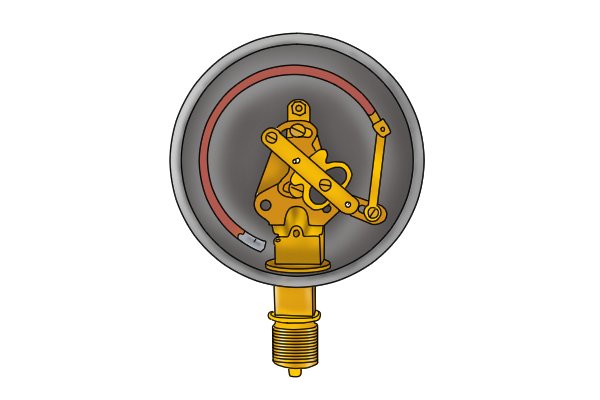 |
The inner mechanisms of a water pressure gauge are similarly made from a copper alloy such as brass. Although, water pressure gauges that measures pressures greater than 100 bars are often instead made from stainless steel. This is because stainless steel has a much higher tensile strength and will not deform under high pressures. | |||
Filling liquid |
||||
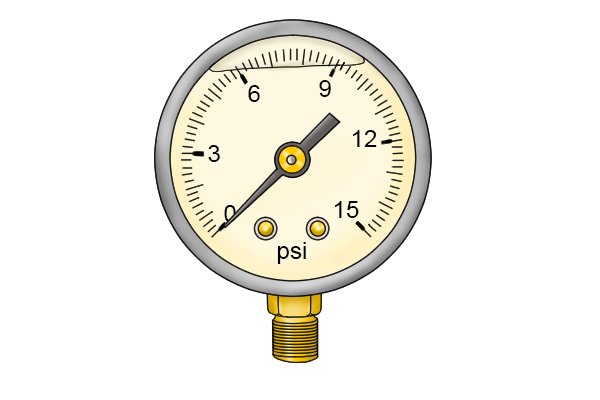 |
Liquid-filled gauges are most commonly filled with a viscous silicone oil or glycerine. | |||
What are silicone oil and glycerine? |
||||
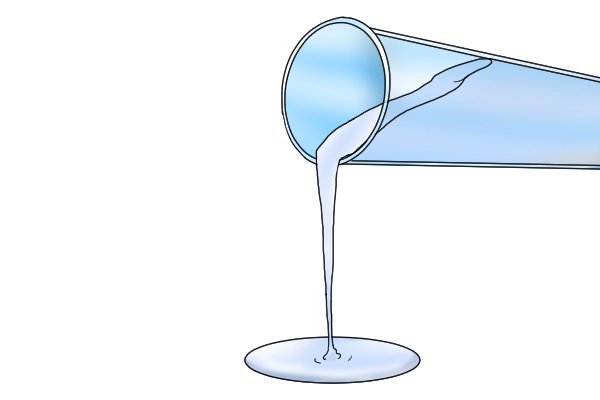 |
Silicone oil is a non-flammable, viscous liquid primarily used as a lubricant or hydraulic fluid. Glycerine is a simple sugar-alcohol viscous liquid that is colourless, odourless and widely used in pharmaceutical applications. | |||
What are the advantages of having a liquid-filled gauge? |
||||
 |
Viscous substances such as silicone oil and glycerine are often used in liquid-filled pressure gauges as a combination of lubricant and vibration resisting substance. Having a liquid-filled gauge also reduces the likelihood of condensation forming inside the lens which can lead to gauge malfunction. Both silicone oil and glycerine also work as an anti-freeze. | |||






